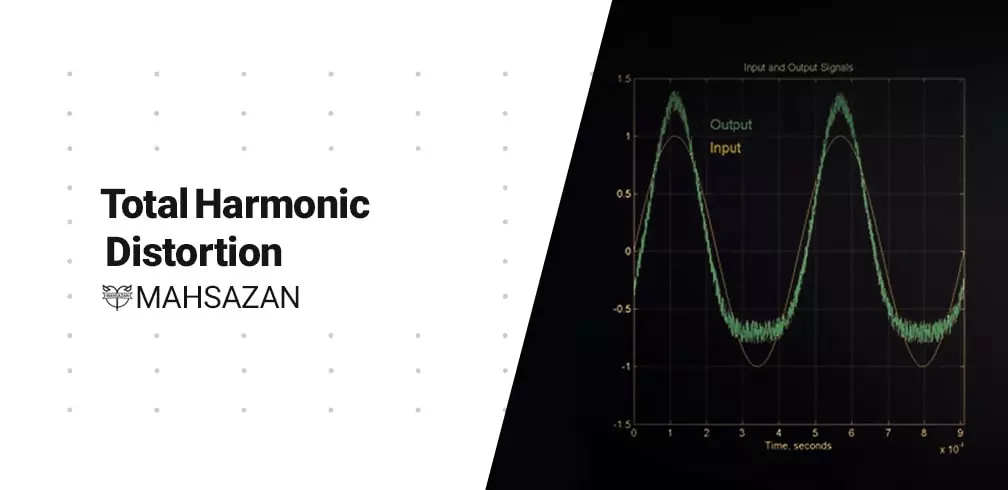Effect of harmonic distortion in LED lighting systems
Harmonic distortion refers to the variation of the standard voltage or current waveform in an electrical system. In LED lighting systems, this distortion can be caused by non-linear loads and electronics connected to the power grid. Common sources include variable frequency drives, electronic ballasts, and power supplies. The effect of harmonic distortion in LED lighting systems can manifest in various ways and affect their overall performance and efficiency. Here is a detailed list and explanation of the effects:
1. Reduction of productivity
Harmonic distortion can reduce the overall efficiency of LED lighting systems.
Nonlinear loads, such as those produced by electronic devices and power supplies, can interfere with the proper conversion of electrical energy to visible light. As a result, the efficiency of LED lamps may be compromised.
2. Premature exhaustion
Excessive harmonic distortion accelerates the wear of LED components. The extra strain caused by a distorted waveform can contribute to a shorter lifespan for an LED lighting system. This not only increases maintenance costs, but also reduces the overall reliability of the lighting installation.
3. Flickering and color changing harmonics
They can cause flickering in LED lighting, which is not only visually disturbing but can have negative effects on consumers, potentially leading to discomfort or headaches. In addition, the color stability of LED lights may be compromised, resulting in unwanted color shifts that can affect aesthetic appeal and lighting performance.
4- Harmonic distortion
Reduced visual comfort can lead to fluctuations in light output and contribute to visual discomfort. Inconsistent lighting levels caused by harmonics can be particularly problematic in spaces where stable lighting is critical, such as offices, schools or healthcare facilities.
5- Interference
Interference with Control Systems Harmonics created by LED lighting systems can interfere with control systems such as dimmers or Smart Lighting solutions. This interference may lead to erratic behavior, reduced responsiveness or even malfunction of these control systems and reduce the overall control and customization of the lighting environment.
Harmonic distortion detection
The detection of harmonic distortion in LED lighting systems involves a thorough analysis and evaluation to identify the presence and extent of harmonic content in the electrical system. Here is the list and explanation of diagnostic methods:
1. Power quality analysis
Performing a comprehensive power quality analysis involves the use of specialized equipment such as power analyzers. This analysis helps to identify the total harmonic distortion (THD) and individual harmonic frequencies present in the electrical system. A detailed report from a power quality analyzer provides valuable insights into the nature and severity of harmonic distortion.
2. LED driver compatibility check
Checking the compatibility of LED drivers with the power supply. Different LED drivers respond differently to harmonic content and some are designed to reduce harmonic effects. Reviewing the specifications and instructions provided by the LED driver manufacturer can help ensure that the driver is suitable for the electrical environment and does not exacerbate harmonic distortion issues.
3. Load monitoring and distribution
Monitoring the distribution of electrical charge in different phases can reveal potential sources of harmonic distortion. Uneven distribution of loads can contribute to harmonic problems. By balancing the load across phases, installers can reduce the risk of harmonic problems and create a more stable electrical environment.
4. Analysis of voltage and current waveforms
Explanation: Examining voltage and current waveforms provides a visual representation of electrical signals. Distorted waveforms, such as those caused by harmonics, can be identified through waveform analysis. Oscilloscopes and other waveform analysis tools are useful in visualizing the shape and characteristics of electrical signals.
5. Harmonic monitoring devices
Installation of harmonic monitoring devices enables continuous monitoring of harmonic levels in real time. These devices can provide data over a long period and help identify trends and patterns in harmonic distortion. Regular monitoring enables preventive measures before harmonic issues escalate.
6. Measurements and field investigations
Conducting on-site measurements and inspections involves physically inspecting the installation, measuring and gathering information about the electrical system. This hands-on approach helps identify potential sources of harmonic distortion, assess equipment condition, and collect data for more accurate diagnosis.
Mahsazan Lighting Industries Group of Factories

